Like most things the smaller these guys are the more amazing they are when you get to see their detail.
Thread wasted wasp, Sphecid family Ammophola sp in honor of our good friend Hook who studies this family in Trinidad. This is guy is from California but still a very beautiful insect.
Lace wings!!! These are always beautiful! Different species than we have in Texas but looks very similar! This is a Green Lacewing (Pseudomallada sp., prob. perfectus)
Ant lions (Myrmeleon sp., prob. either rusticus or timidus) look similar to damselflies but are very different. Their nymphs are not aquatic like damselflies. Their nymphs are actually found in the little funnels in the sand on the beach or any other sand or fine soil that you walk through. They use them as little pit fall traps to catch other insects and eat them. They are a wild looking little creature as a larva!
However they become a very beautiful adult insect! They look similar to damselflies but you know they are not because you can see the relatively large antennae. Damselflies have antennae, they are just very small and hard to see with the naked eye!
Downy Leather-winged Beetle or Soldier Beetle (Podabrus pruinosus) seems to be everywhere we go! He still looks much more beautiful when you get to see him up close and with a lot of light!
Western tent caterpillars (Malacosoma californicum) can be VERY abundant! In fact John came in from outside and about 20 of these moths came in the trailer with him. Yikes we are still pulling these guys out. In fact their was one in the shower this AM.
I love the way the antennae look on these guys, almost like little horns.
In the morning we found these cool eggs from the Western Tent Caterpillar laying on the table.
Blue Milkweed Beetle (Chrysochus cabaltinus) are a stunning beetle. I swiped this little guy out of the air as he was flying by. They eat milkweed as their name implies but unlike Monarchs do not get toxins from the plant. They actually will cut a piece of the leaf and let the sap (containing the most of the toxins) run out before they proceed eating the plant. The female however will place a protective coating of her feces around the eggs which contains a rather high concentration of the toxin.
There are a lot more pictures on flickr just click on any of the pictures and you should be able to scroll through the rest of the photos if you would like. We have a lot more to ID and process but this is a start!
Kendra and John
- posted from ipad during the international bug expedition 2012


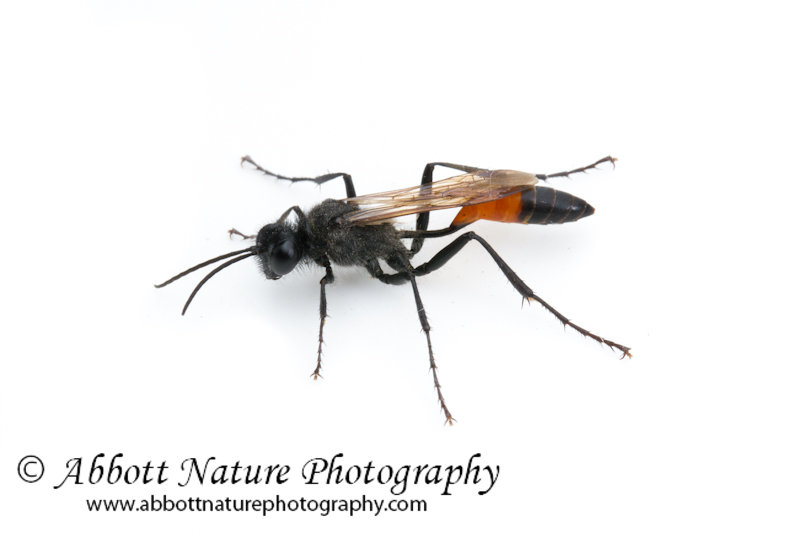


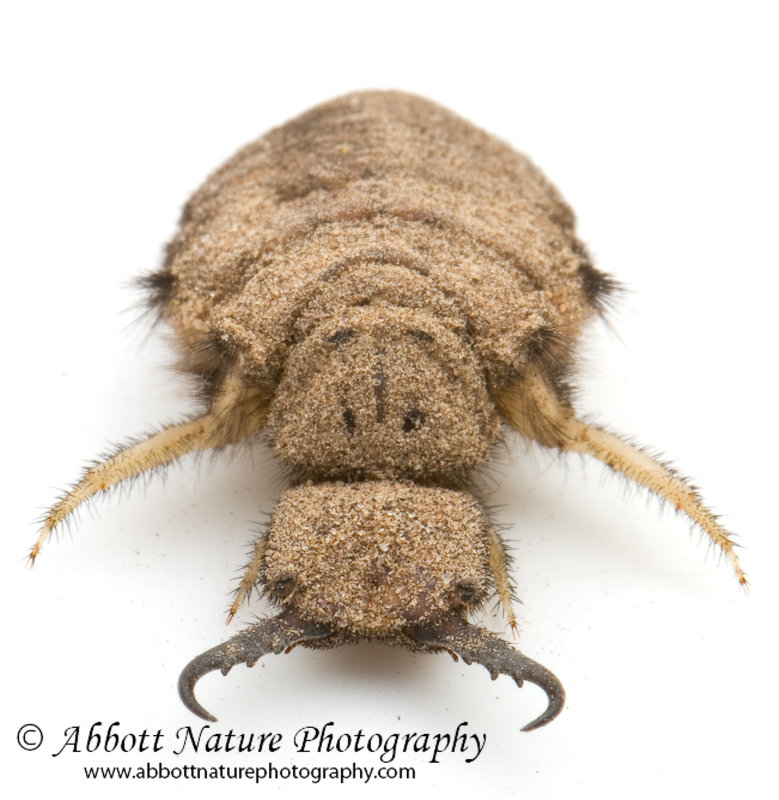
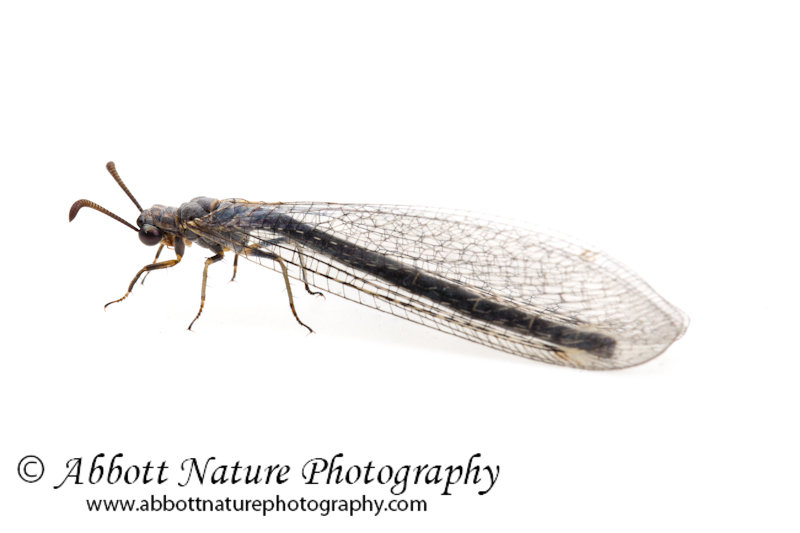

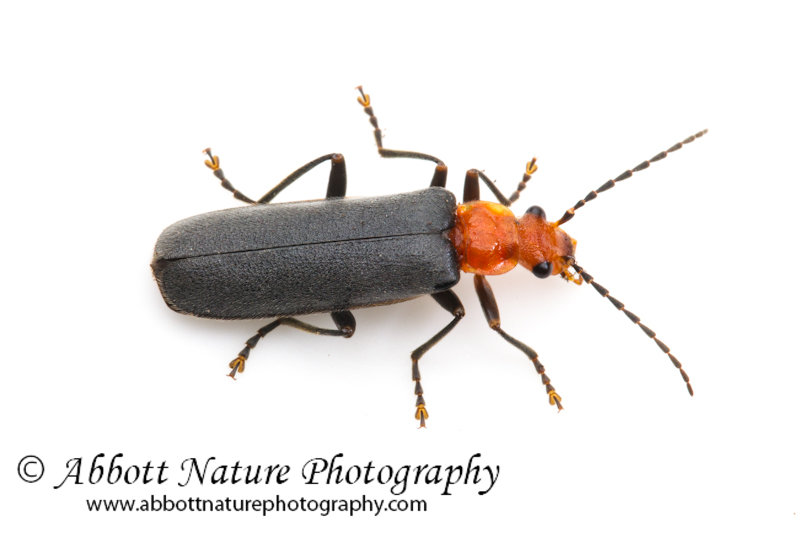
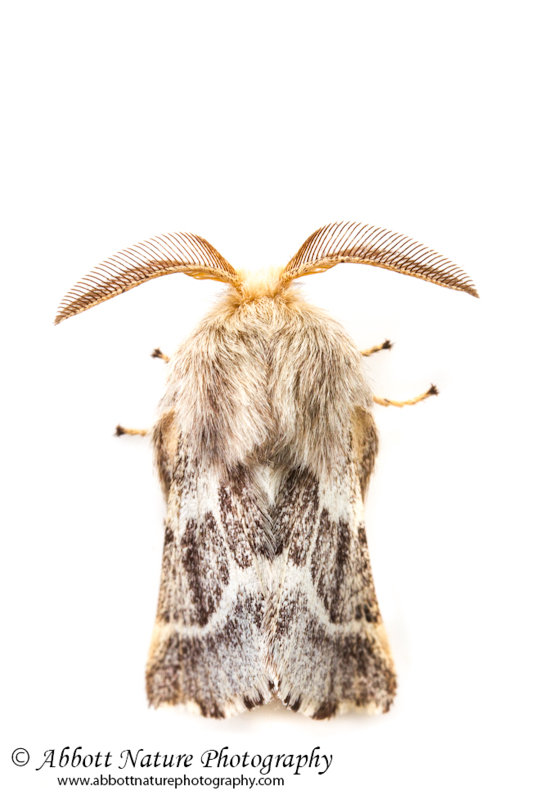
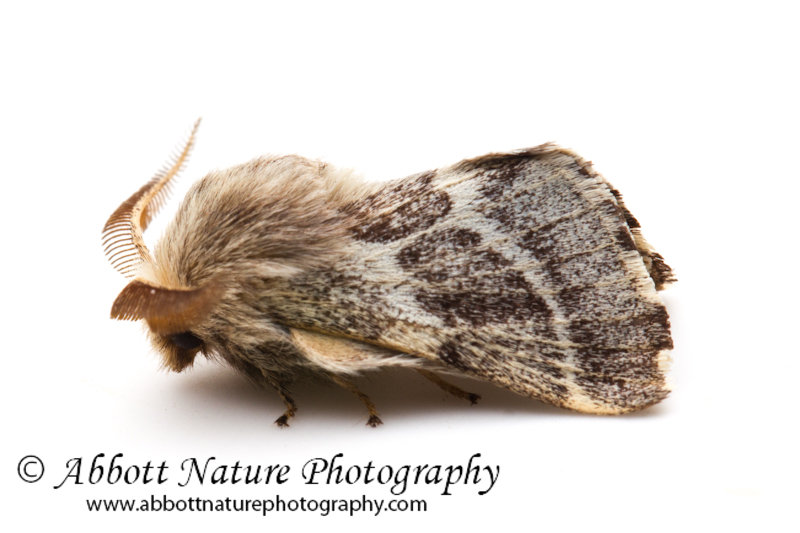
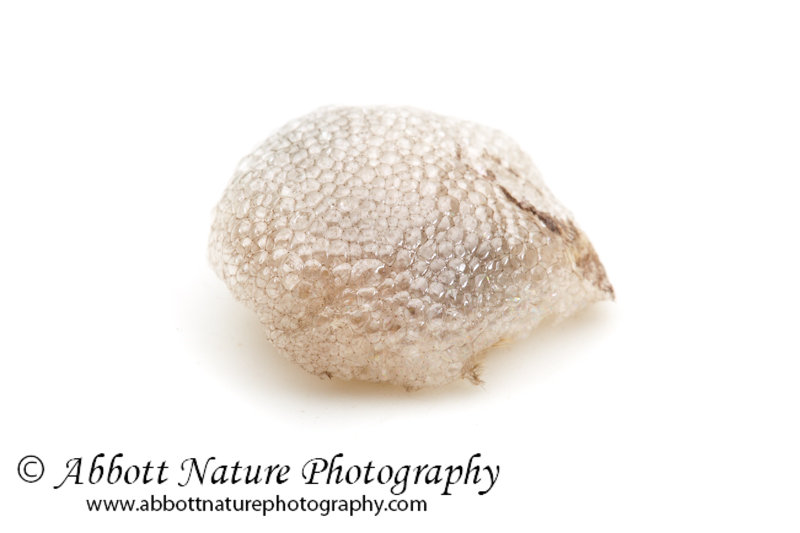

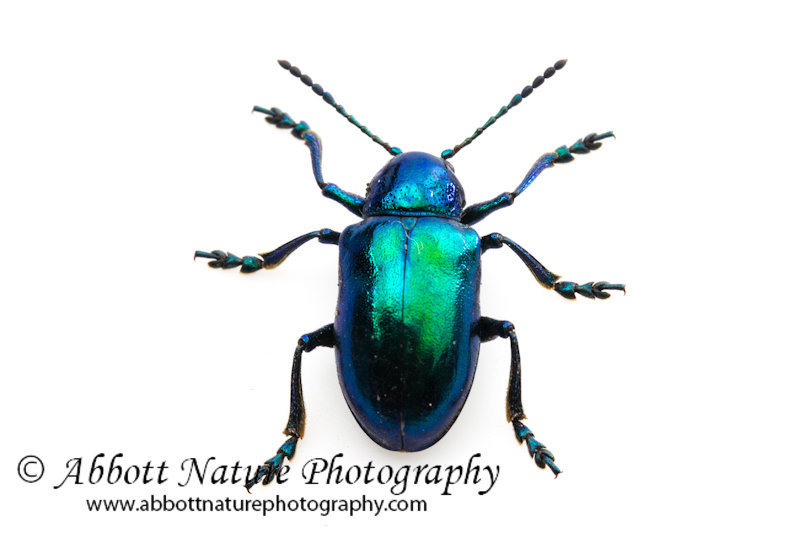

I really hope that my quilling may give you the inspiration for designs of your own, so below you'll find the list of my works that include quilled insects: how to get rid of silverfish permanently
ReplyDeleteI am impressed by how detailed these insects look.
ReplyDelete